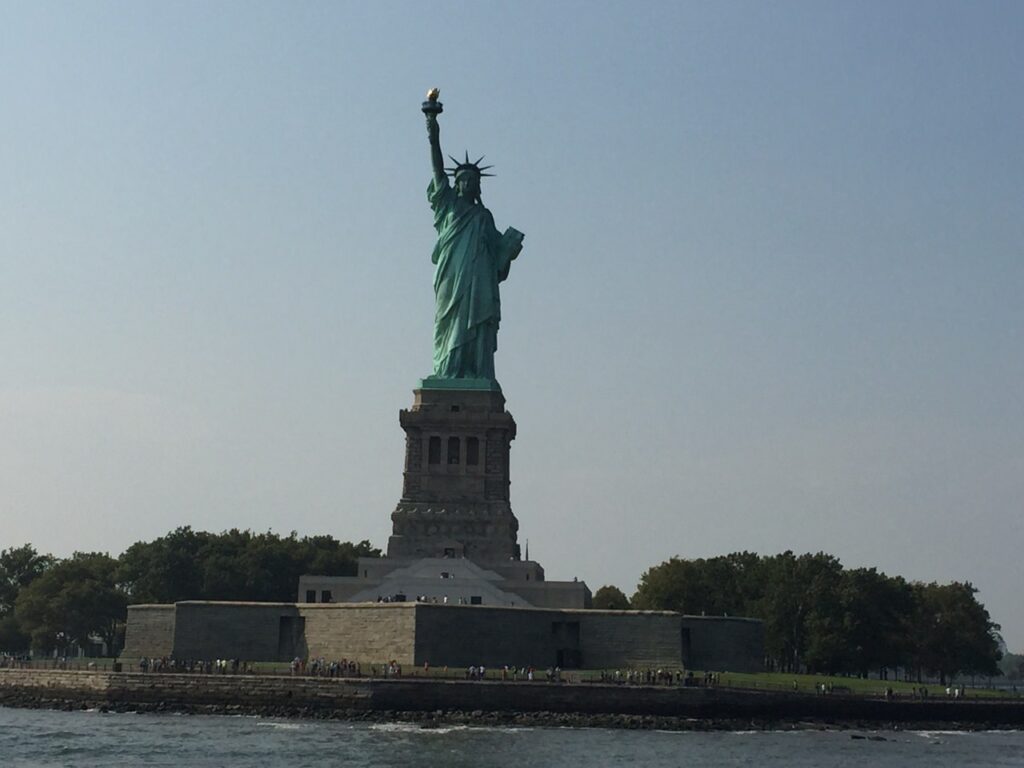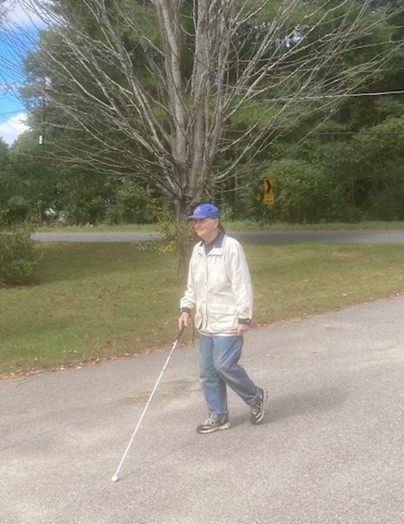
This July 4th as we reflect on America’s independence, let’s consider the fight for independence continuing for people with disabilities.
My parents understood right from the start that it was vital to my development as an independent mature person that I be treated according to my age not my size. This meant not being given a pass on chores, discipline, or responsibilities. In their wisdom, they didn’t fuss over or do everything for me.
Want to subscribe to receive blog updates sign up today!
As a result, I loved the independence of going when and where I wanted when I started driving at age 18. The only problem was that this car was a machine that had to be fueled, watered, oiled, lubed, aired, and cleaned. I never had to think about such things before. Now it was my responsibility and dad insisted that I look after the car myself. One day our different views on the subject clashed.
Mo, a family friend, noticed that one of the tires needed air and offered to take the car to the garage for me. I was about to let him, when dad butted in and said, “No Angela, you take it to the garage yourself.” I was fuming. What did it have to do with dad anyway? Mo was willing to take it, so why not let him? But there was no chance of that now, dad had said enough for Mo to withdraw his offer. I had no choice but to take the tire in myself.
It didn’t take me long to realize that dad was right. I had to learn how to look after my own car. Along with the privilege of driving, came the responsibility of caring for it. This was the beginning of achieving independence for myself as an adult and laid the groundwork for advancing independence for others.
A subtle challenge to independence comes from those who insist on helping people with disabilities when we don’t need it. We must stand firm against such offers so as not to erode our independent living skills or give in to patronization. In the times we do need help, we will ask for it.
As discussed in my dwarfism memoir trilogy, I have supported independent living principles through my marriage, career and volunteerism. For example:
- I joined forces with Robert Van Etten, a rehabilitation engineer and my husband, who worked to improve the independence of individuals with disabilities at home, on the job, and in public places through environmental changes and adaptive equipment.
- I served as a board member of a Center for Independent Living in Cleveland, Ohio and was appointed by Florida’s governor to serve on the Florida Independent Living Council.
- I was a coordinator and advocacy specialist for the Coalition for Independent Living Options in Stuart, Florida.
- As a volunteer with LPA, I led the charge for little people—and a half million others whose disability involved a reach limitation—to gain independent use of public facilities such as ATMs, bathrooms, elevators, and gas pumps.
What can you add about the disability fight for independence?
This post is drawn from excerpts and concepts in my dwarfism memoir trilogy, https://angelamuirvanetten.com:
- ALWAYS AN ADVOCATE: Champions of Change for People with Dwarfism and Disabilities
- PASS ME YOUR SHOES: A Couple with Dwarfism Navigates Life’s Detours with Love and Faith
- Dwarfs Don’t Live in Doll Houses

